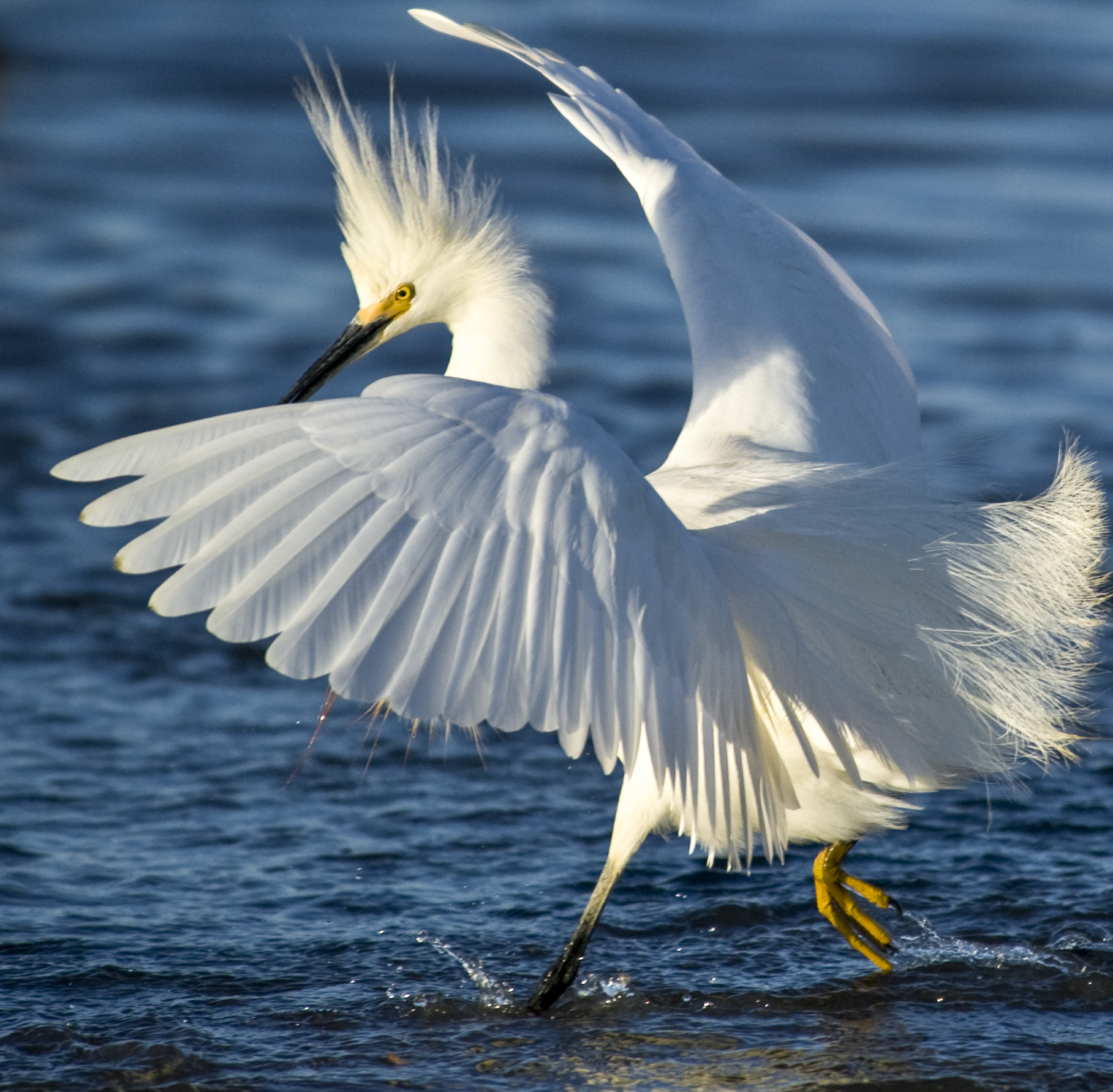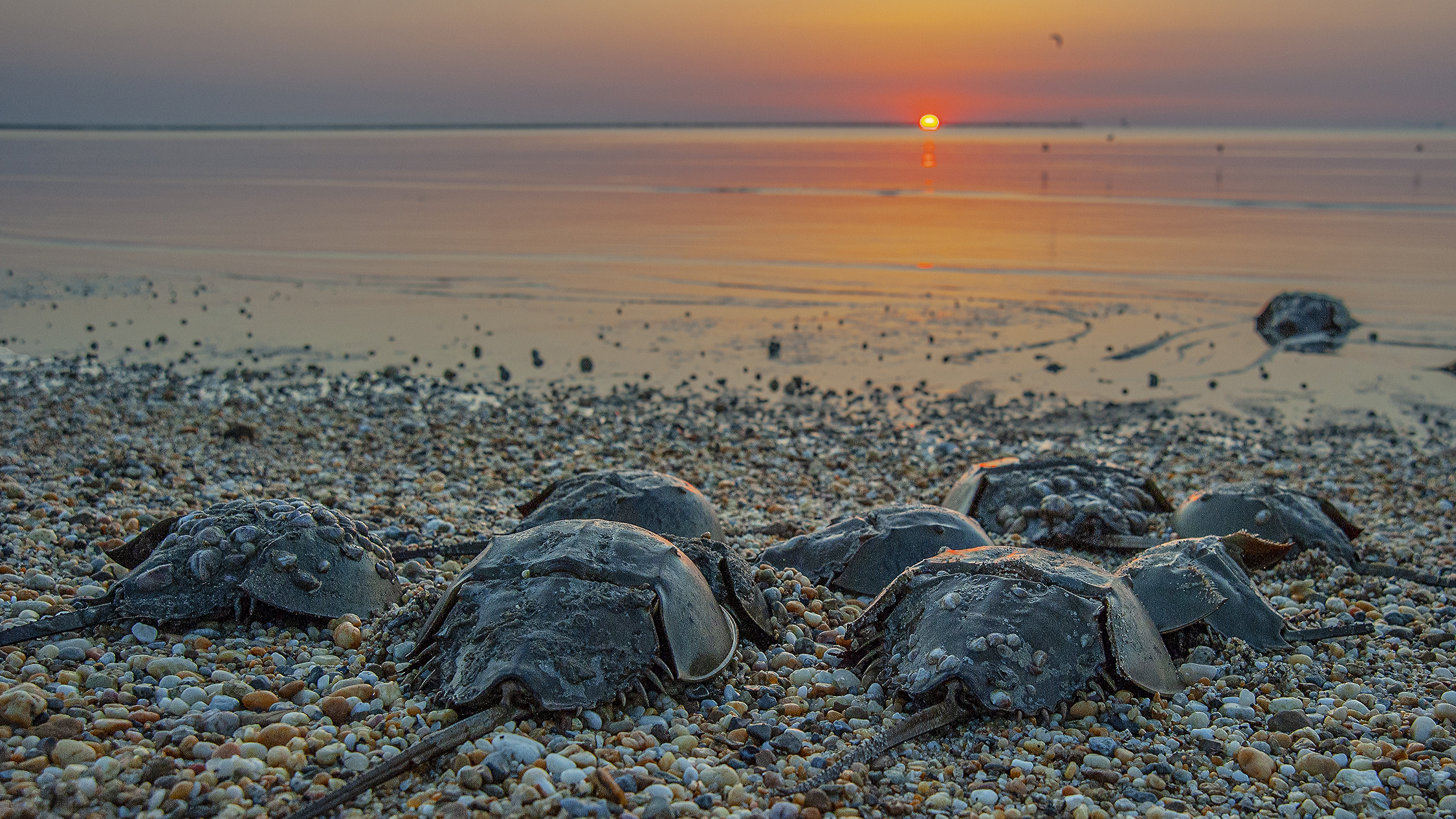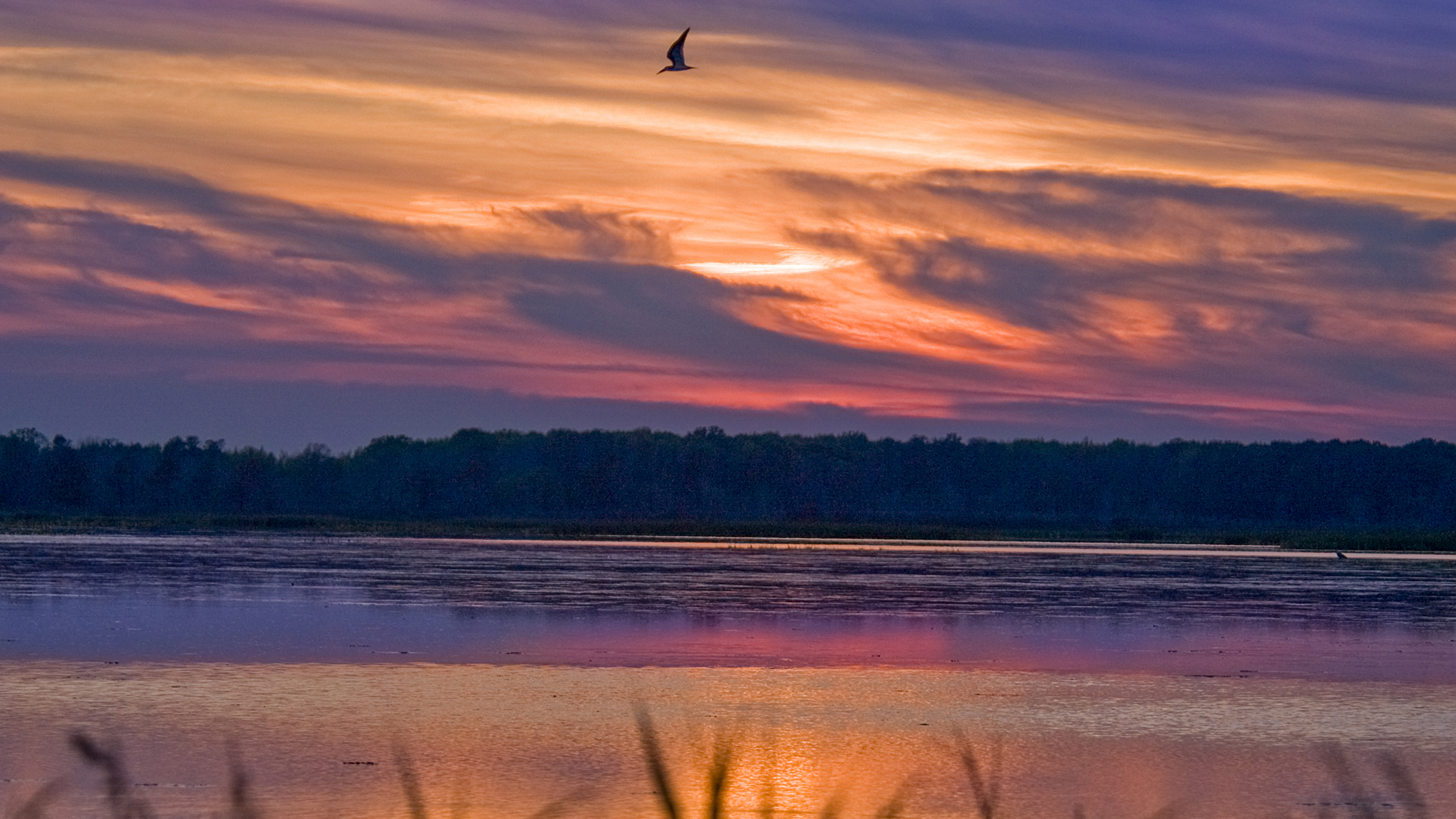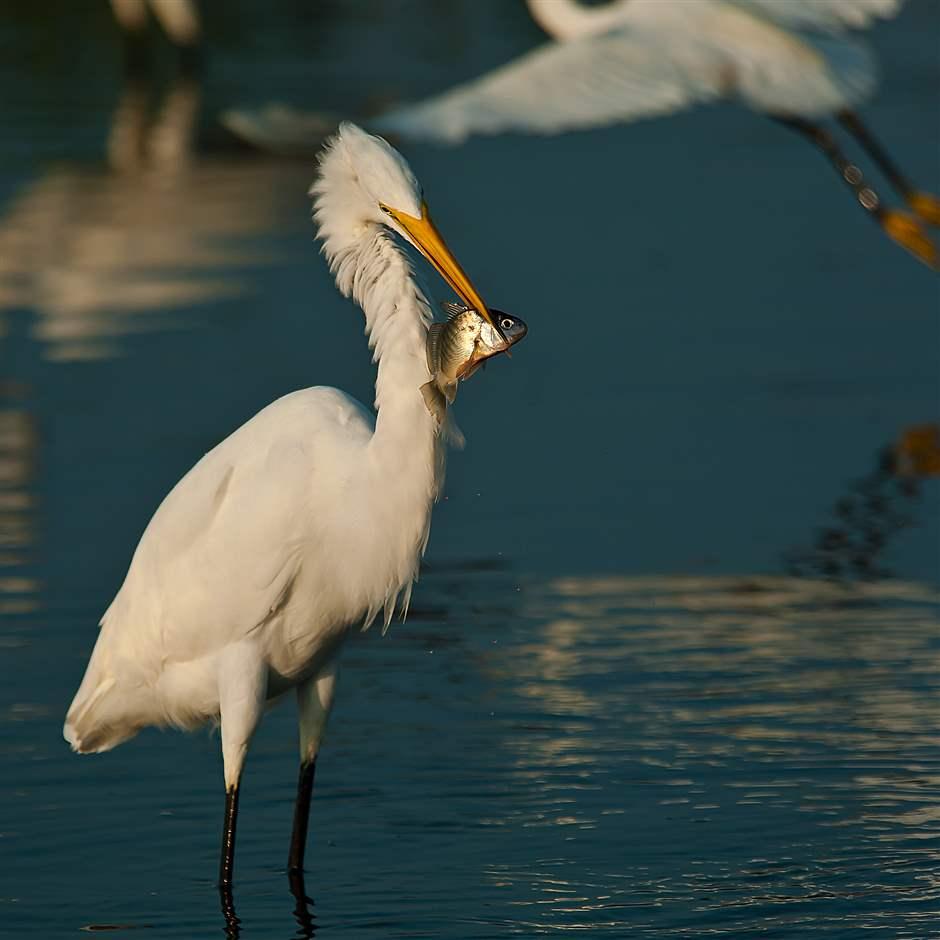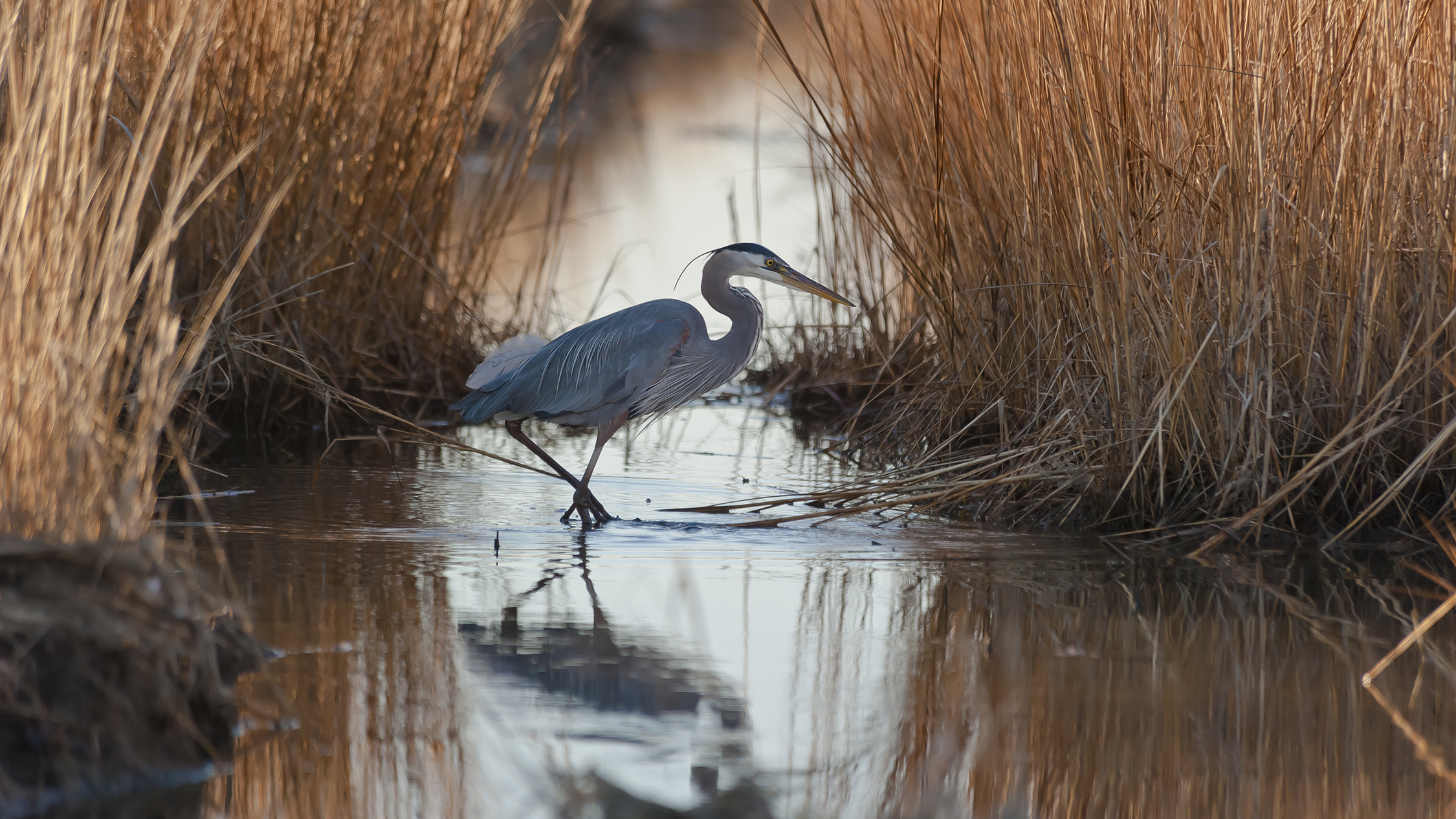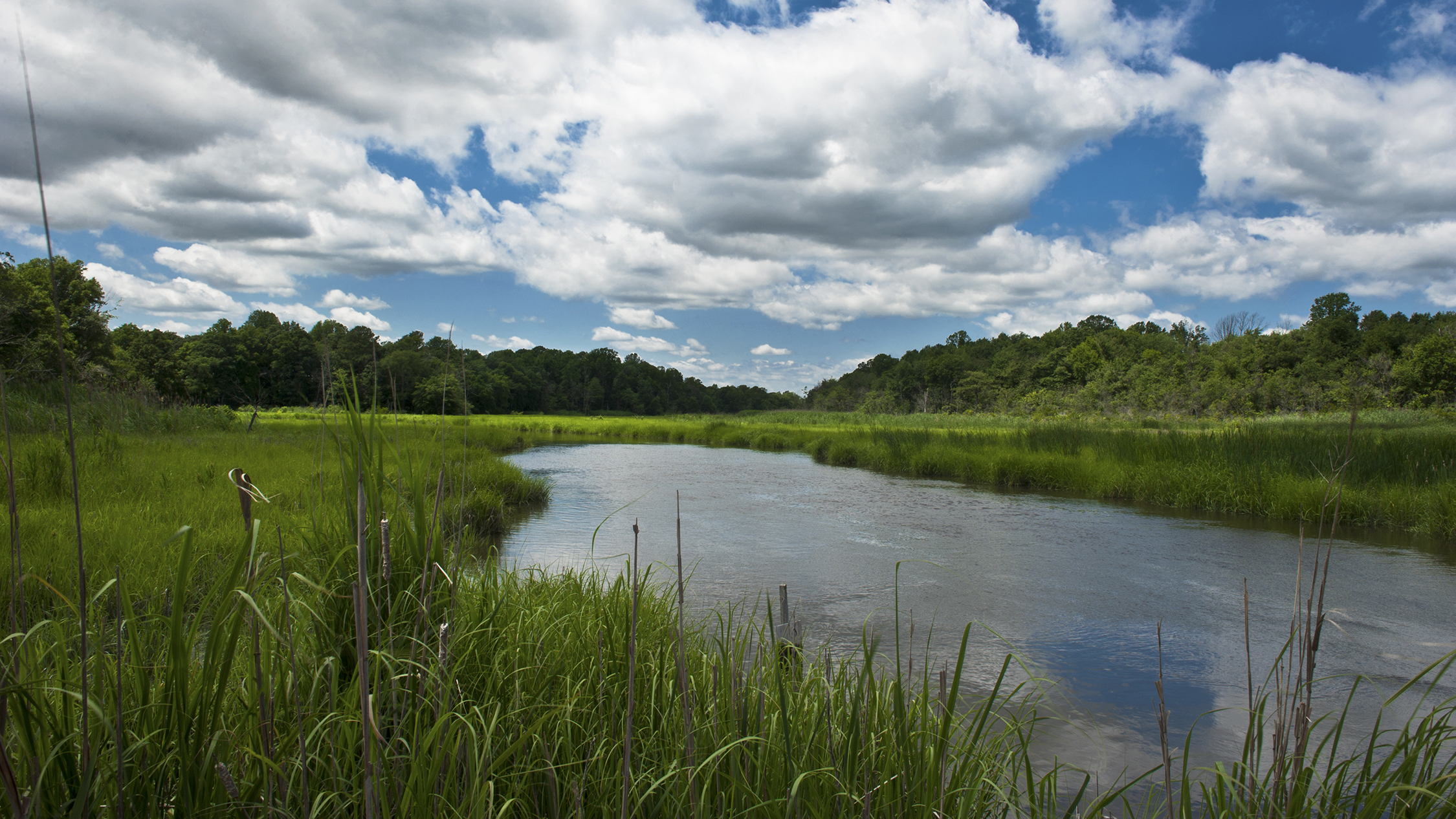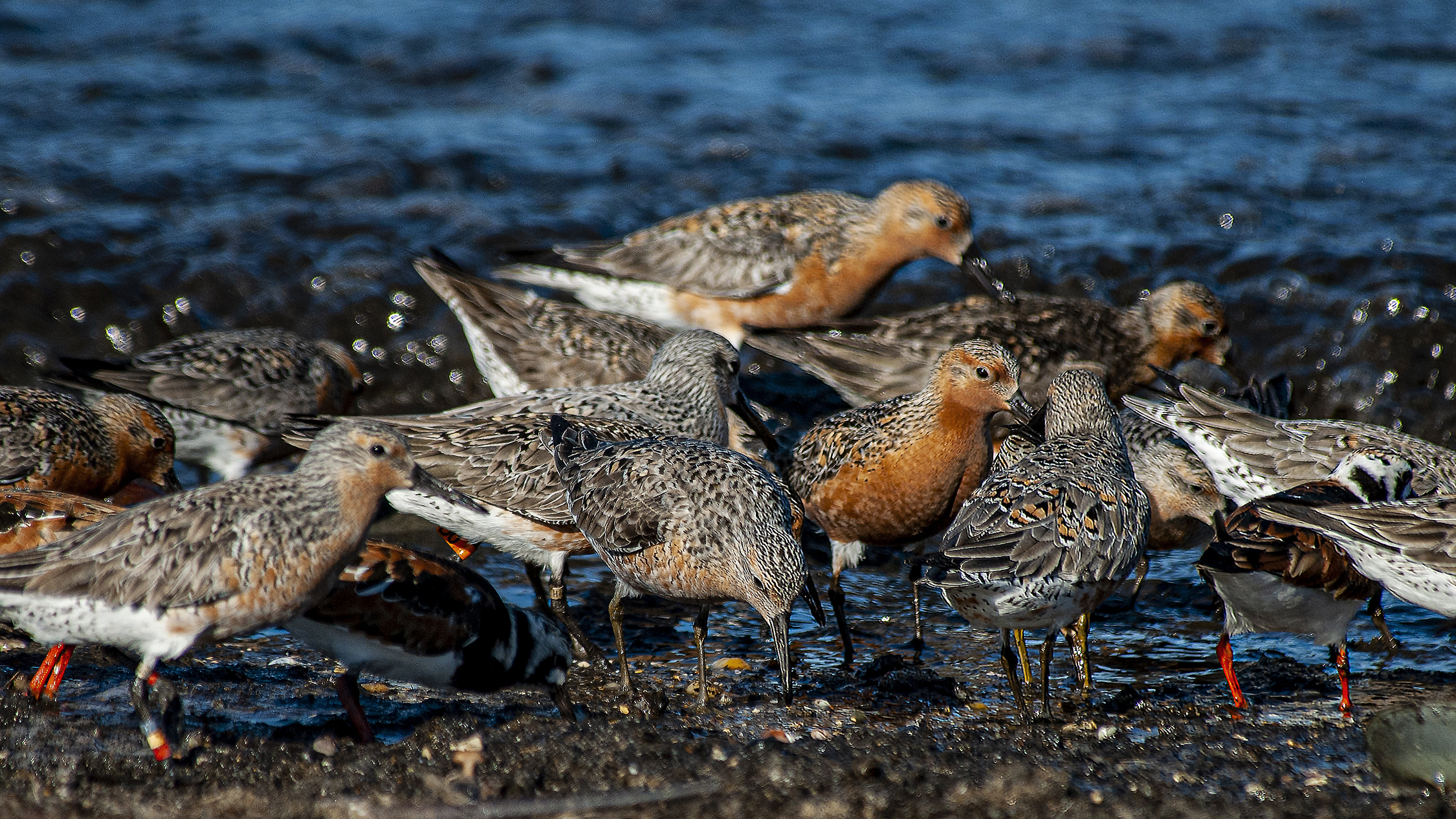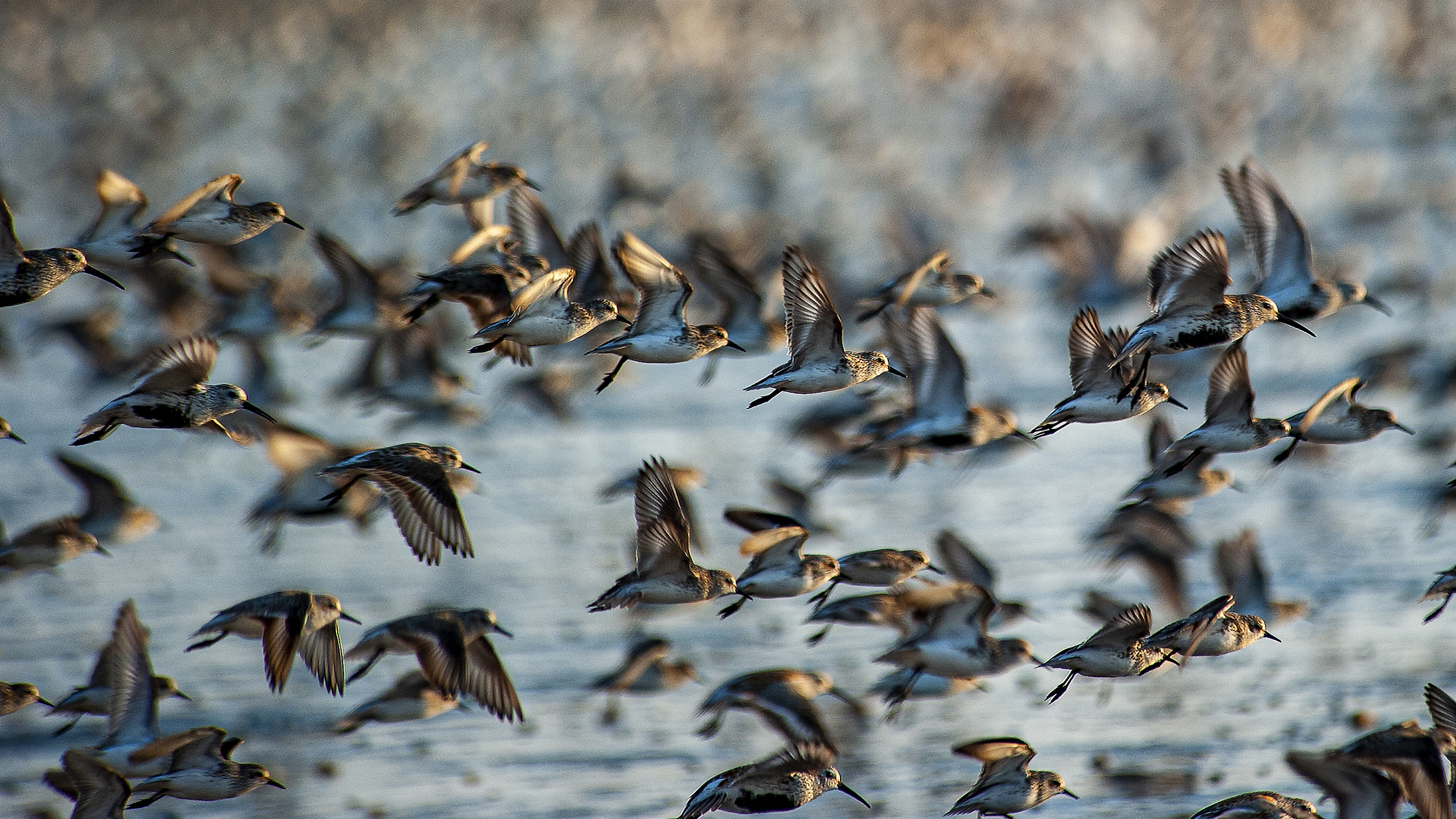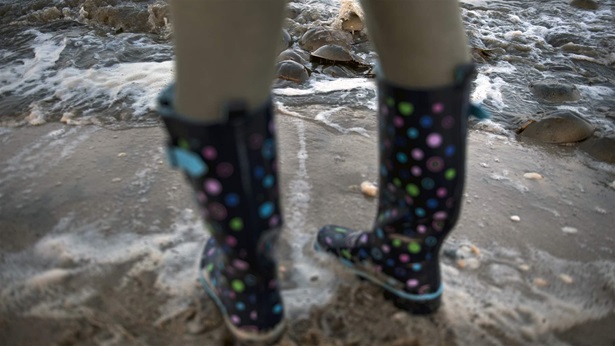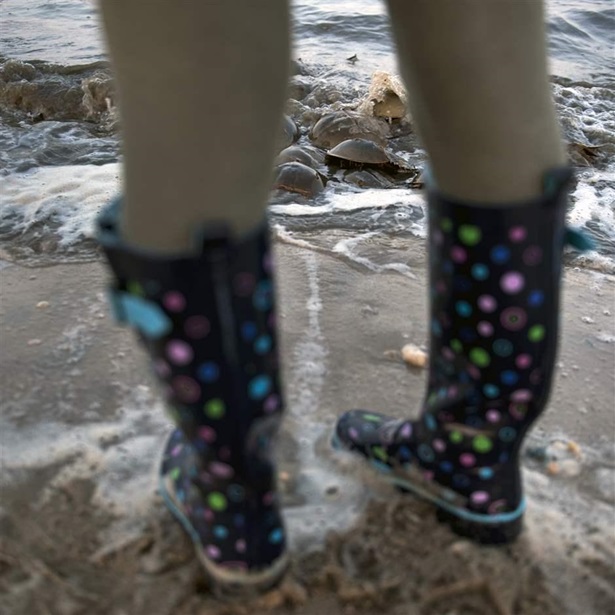Photos Show Wildlife That Relies on Delaware Bay Shore and Watersheds
The Delaware Bayshore is known for its expansive coastal marshes, lengthy shoreline, and upland forests, which provide diverse habitats for a variety of marine life and are an internationally recognized flyway for 300-400 species of migrating birds, including the second-largest shorebird congregation in North America. Every spring, birders and biologists from around the world travel to Bayshore beaches to observe as hundreds of thousands of shorebirds take a break from their migratory travels to feast on the eggs of horseshoe crabs, which spawn in the area in greater numbers than anywhere on the globe. Along the recently designated Delaware Bayshore National Scenic Byway are the Mispillion and Cedar Creek watersheds.
A recently released economic study funded by The Pew Charitable Trusts conservatively estimates that the economic value of leisure and recreation alone to the watersheds’ communities is at least several million dollars annually, a significant portion of which can be attributed to wildlife viewing. The following photos feature some of the wildlife the watersheds shelter.
Snowy Egrets
A graceful migratory shorebird distinguished by its yellow feet, snowy egrets were hunted to near extinction in the 19th century because of demand for their plumes for use in women’s hats. The species’ subsequent protection under the Migratory Bird Treaty Act of 1918 led to its rapid recovery.
Horseshoe Crabs
The Delaware Bayshore is home to the largest spawning of horseshoe crabs in the world, an event that draws thousands of visitors to the Mispillion and Cedar Creek watersheds annually. Horseshoe crabs are more closely related to scorpions and spiders than to crabs, and have existed for more than 300 million years, making the species roughly 235 million years older than dinosaurs. Horseshoe crab eggs are a crucial food source for long-distance migratory birds that use the Delaware Bay as a stopover.
Prime Hook National Wildlife Refuge
A gull flies over wetlands within Prime Hook National Wildlife Refuge, located in Delaware’s Sussex County, one of the most vulnerable counties in the nation’s lowest-lying state. Thoroughfares in the area such as the adjacent Prime Hook Road, which connects the community of Prime Hook Beach to points inland, regularly flood, underscoring the need for greater environmental resilience in the area.
Great Egret
The great egret, a lanky, long-necked species with an average wingspan of almost 5 feet, is found in both freshwater and saltwater coastal habitats, typically wading in the shallows to hunt fish, frogs, and other small aquatic animals. The bird became the symbol of the National Audubon Society in 1953.
Great Blue Heron
The largest heron in North America, the great blue heron is highly adaptable, allowing it to make its home in waters as varied as subtropical mangrove forests, desert rivers, and southern Alaskan coastlines.
Mispillion River Tributary
This tributary to the Mispillion River flows through and along forests and marshlands inhabited by a variety of birds. The river forms the dividing line between Kent and Sussex counties, and is part of nearly 70 miles of waterways—in addition to several lakes and ponds—in the Mispillion Watershed.
Red Knot
The red knot, which was once hunted to near extinction and has been listed as threatened under the Endangered Species Act since 2014, is now experiencing an alarming and unexpected decline along the Delaware Bayshore. With wingspans of 20 inches, red knots may fly more than 9,000 miles each way on their semiannual migrations, making the species one of the longest-distance migrants in the animal kingdom. These journeys depend in part on suitable food along the route, including eggs spawned each spring by horseshoe crabs on Delaware Bayshore beaches.
Dunlin
Like red Knots, dunlins—which many people know generically as “sandpipers”—are among the thousands of migratory shorebirds drawn to Bayshore beaches.They stop in Delaware on their long journey between Canadian boreal forests and the southernmost U.S.
Joseph Gordon is a director and Caitlin Lang is a field operations manager with The Pew Charitable Trusts’ conserving marine life in the U.S. project.
